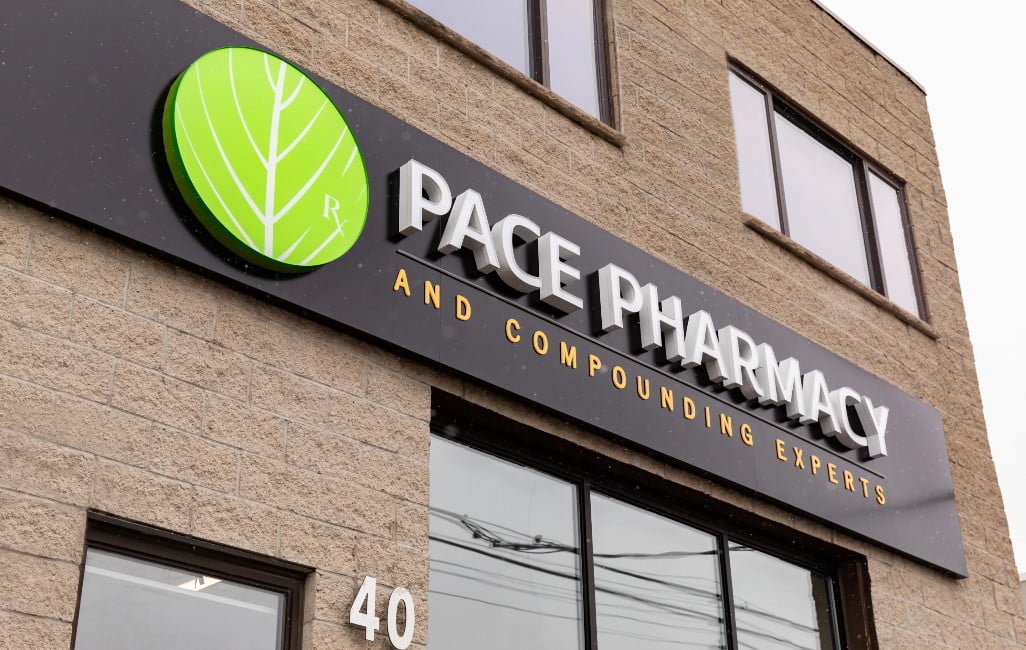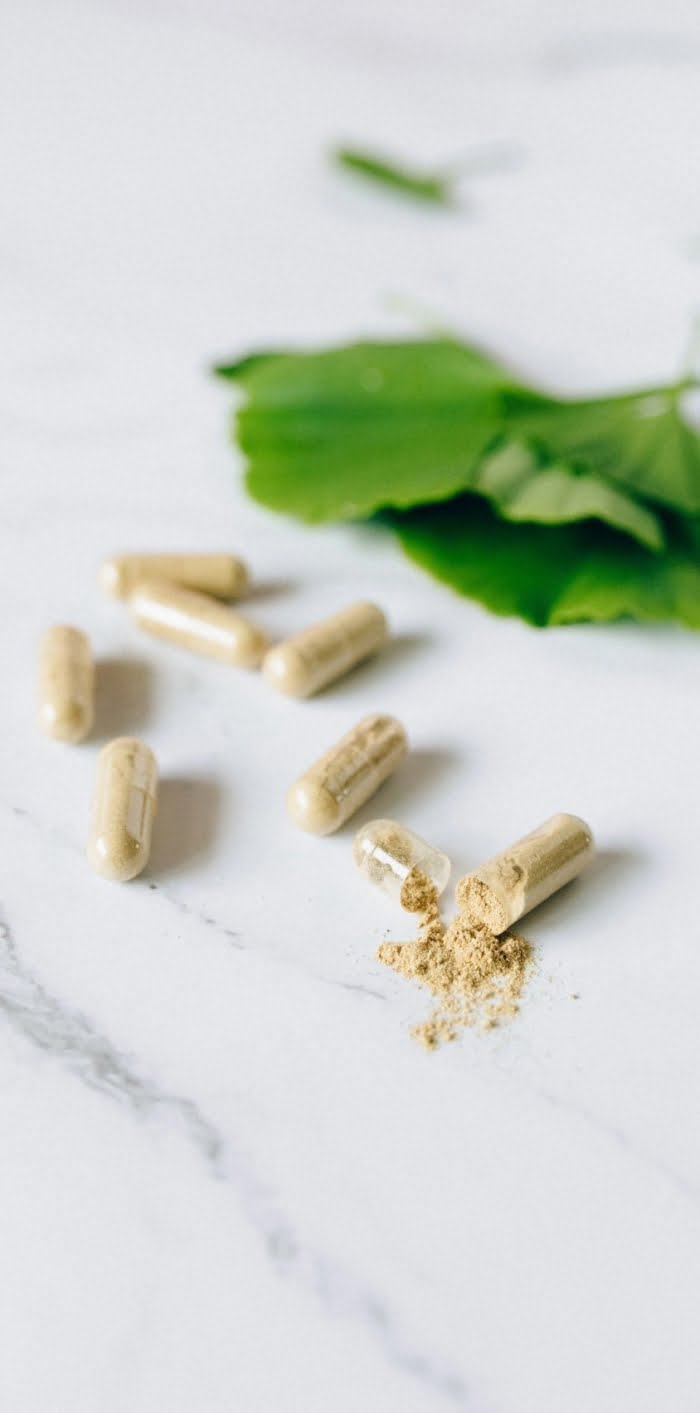
Pediatrics
A pediatric compounding pharmacy, like Pace Pharmacy, specializes in customizing medications to fit the unique needs of each child. Unlike traditional pharmacies, we have the capability to alter the form, flavor, and dosage of medications, making them more palatable and easier to administer to children. This approach is invaluable for pediatric care, as it ensures that young patients receive their medications in a form that considers their specific preferences, allergies, and requirements.
Examples include but are not limited to gummy squares or bears, syrups, suppositories, or topical creams and gels. We also compound gluten-free and preservative-free medications for children or adults with environmental and food allergies.
A caring pediatrician working closely with one of our compounding pharmacist can provide children the individualized care they deserve to improve compliance and therapeutic outcomes.
Below is a brief list of pediatric disorders we routinely compound medications for.
- Nausea and Vomiting
- Diarrhea
- Acne
- Topical Anesthetics
- Psoriasis/ Eczema
- Bacterial Infections
- Lower doses of medications not commercially available
| |
| We work together with practitioners, children, and their families to customize medications and meet specific needs. Children pose many challenges when it comes to medication: they may resist having to take a medication, dislike the taste or texture, have difficulty swallowing solid dosage forms, and are fearful of injections. The limited pediatric market for most drugs may be the leading reason for the lack of investment in drug development for this population by the pharmaceutical industry. Most medications are not labelled for pediatric populations, and when a medication is not approved for use in infants and children, it usually is not available in a suitable pediatric dosage form. Fortunately, our compounding pharmacy is able to help. We can compound oral medications into pleasantly flavoured suspensions, solutions, concentrates, freezerpops, “gummy bears” or lozenges, in colours that entice the child to take the medication. A palatable formulation is more likely to improve compliance and minimize spillage or waste during administration. Lollipops are an ideal alternative to “swish and swallow” medications that need to be retained in the mouth for a prolonged period of time. Most drugs can be compounded into transdermal gels that can easily be applied to an appropriate site, such as the child’s wrist, for absorption through the skin. Professional compounding is not just diluting existing medications, or mixing powders with bases. We must consider physical and chemical properties of each active and inactive ingredient in order to prepare an effective and safe customized medication with the desired taste, colour, fragrance, viscosity, uniformity, texture, and stability. The efficacy of any compounded medication is influenced by the technique and equipment used in preparing the formulation, the purity and quality of the ingredients, choice of vehicle (base), and proper use of additives such as penetration enhancers. |
What Are the Common Types of Compounded Pediatric Medications?

At Pace Pharmacy, we craft a variety of compounded medications tailored for children, including:
- Syrups and Solutions: Custom-flavored liquids to mask the taste of medication.
- Suppositories: For children who cannot tolerate oral medications.
- Topical Creams and Gels: Non-invasive options for medication delivery.
These forms are particularly beneficial for managing conditions like nausea, vomiting, acne, eczema, bacterial infections, and more, providing effective treatment in a child-friendly package.
Pediatric Compounding Options for Your Child

Understanding that each child is unique, we offer a range of compounding options to ensure the best fit for your child’s needs and preferences. Whether it’s creating a gluten-free medication to avoid allergies, adjusting the strength of a dose not available commercially, or flavoring a medicine to improve palatability, our goal is to make medication administration stress-free for both children and parents.
Common Conditions Treated with Compounded Medications

Our pediatric compounding services are designed to address a wide array of health conditions, including but not limited to:
- Nausea and Vomiting: Customized treatments to ease symptoms.
- Acne and Skin Conditions: Tailored topical and oral medications.
- Attention Deficit Hyperactivity Disorder (ADHD) and Autism: Special formulations to support unique therapy needs.
- Eosinophilic Esophagitis and Gastrointestinal Disorders: Custom dosages and forms to improve treatment efficacy.
- Infections: Personalized antibiotics and antifungals in child-friendly forms.
By working closely with pediatricians and caregivers, we ensure each child receives the individualized care they deserve, enhancing compliance and therapeutic outcomes.
Why Choose Pace Pharmacy for Pediatric Compounding?

Choosing Pace Pharmacy means opting for a partner in your child’s health journey who understands the intricacies of pediatric medication. Our dedicated team combines the science of compounding with a deep commitment to pediatric care, ensuring that every medication we prepare meets the highest standards of safety, efficacy, and acceptability to children.
Contact us today to discover how our pediatric compounding services can simplify medication administration and help your child on their path to better health.



